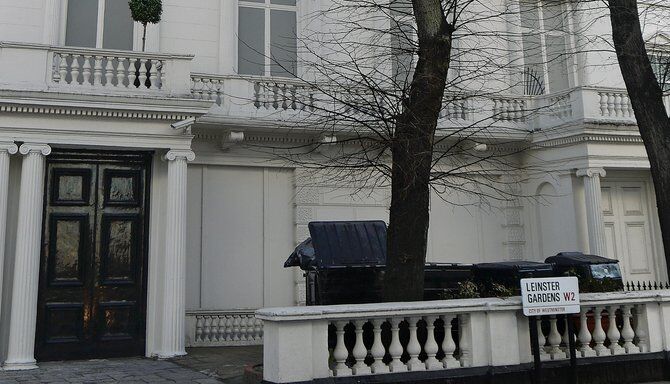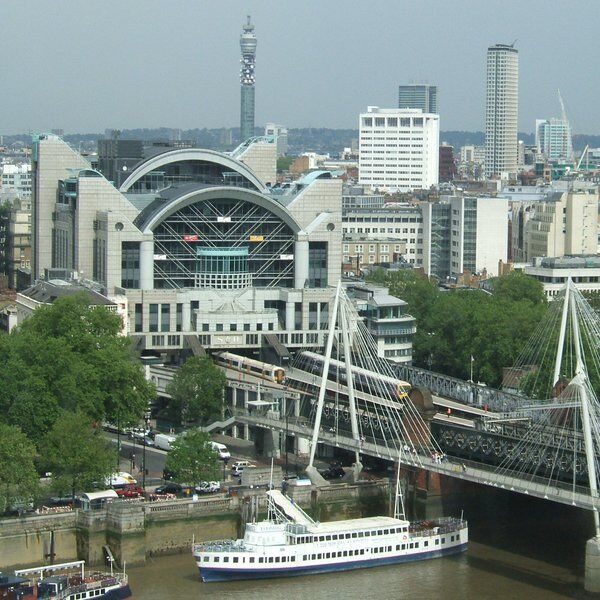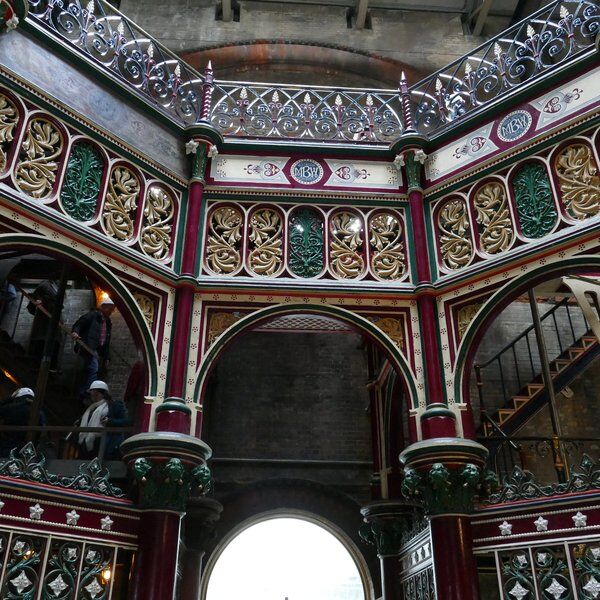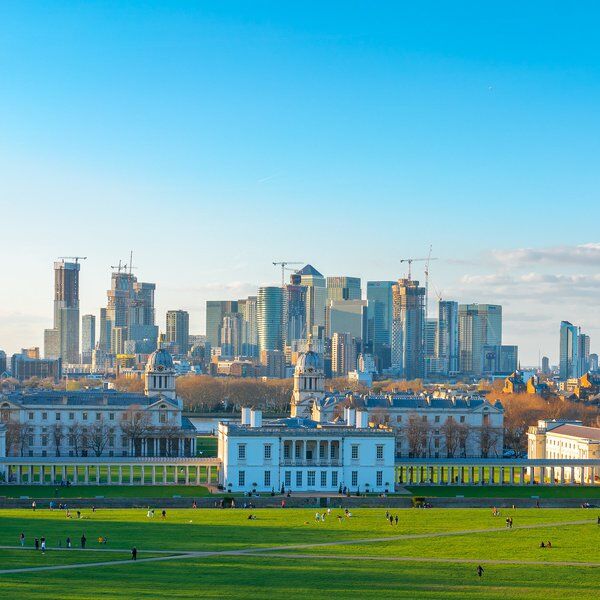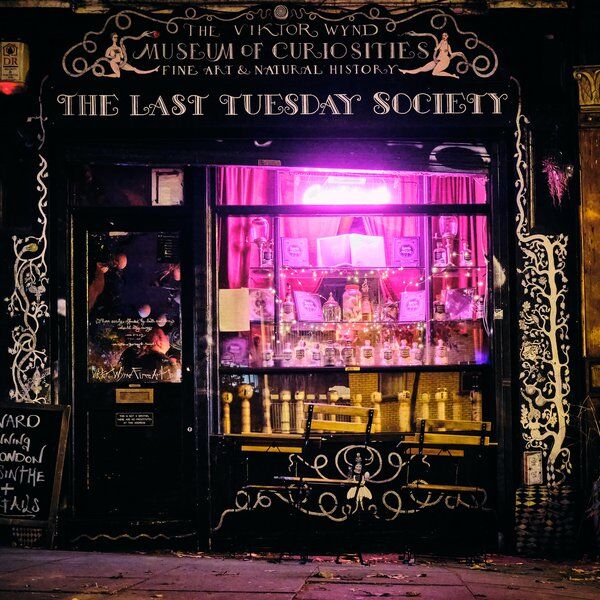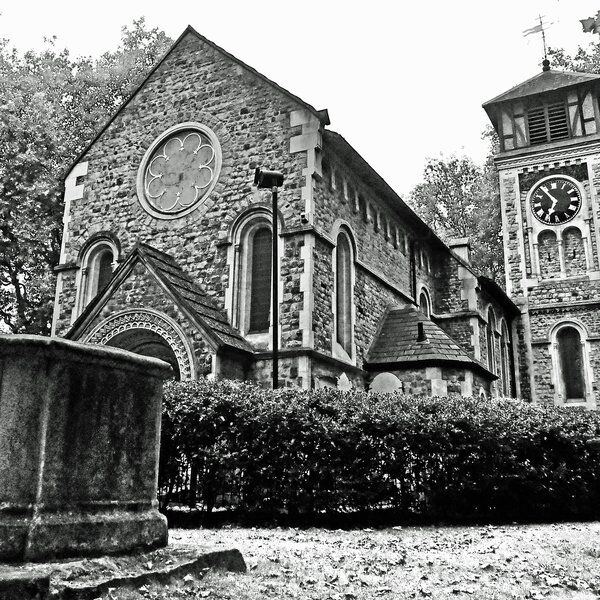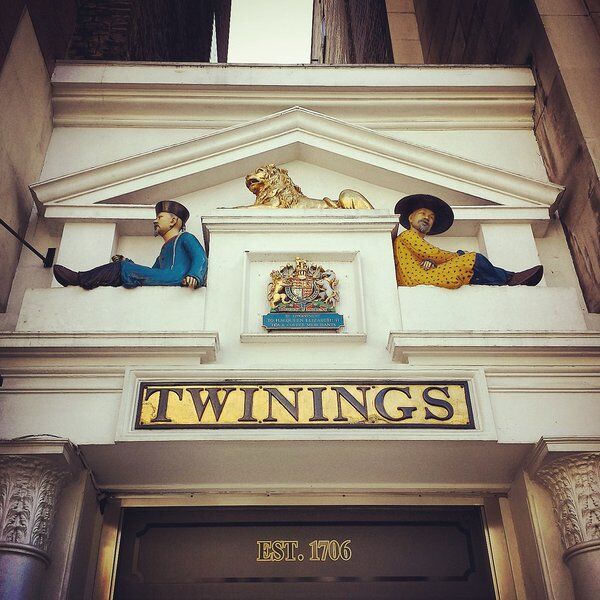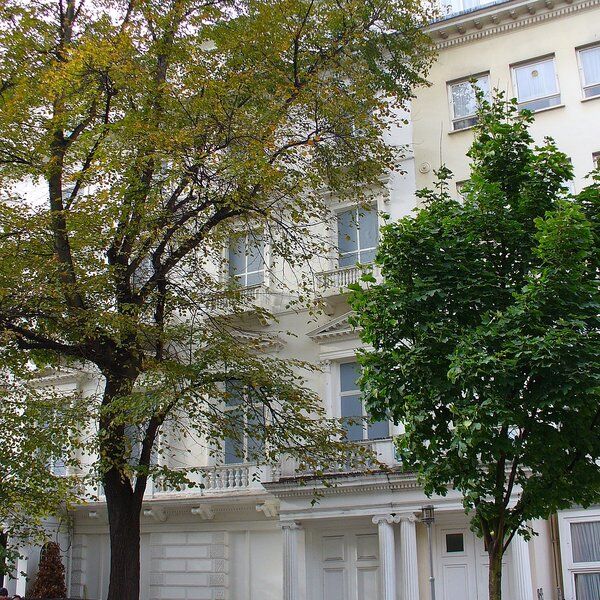
History of Leinster Gardens
Leinster Gardens is a street in Bayswater, a neighbourhood in the Paddington district of Westminster in London.
Although it’s hard to imagine today, Bayswater was almost entirely rural until the 1830s. At the beginning of Queen Victoria’s reign in 1837, green fields were being replaced by large, mansion-style houses like the ones on Leinster Gardens for wealthy upper-middle-class families.
The terraced houses of Leinster Gardens look like a border of rectangular, layered wedding cakes; they are iced in a familiar pale white and decorated with ornamental balustrades. Even the two "houses" which aren't houses at all...
Leinster Gardens & The Underground
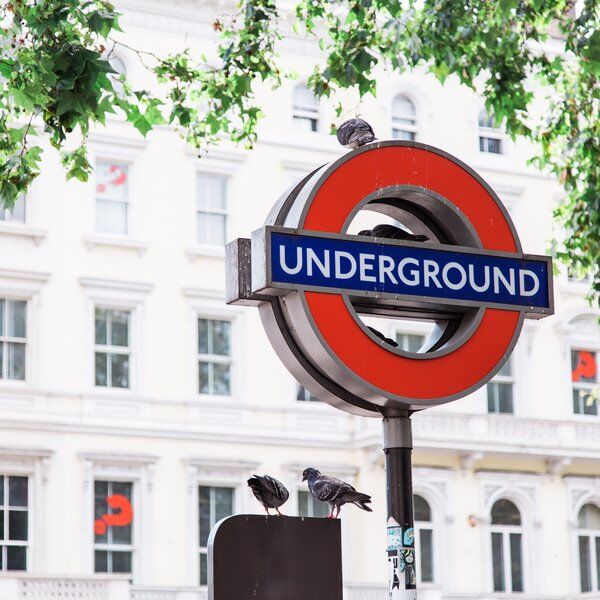
At the same time as Leinster Gardens was being built, congestion in London’s streets was becoming unmanageable - by 1860, it was revealed that 3,188, 485 people called London “home”.
There were numerous ideas for how to combat the problem of overcrowding on the streets, each met with backlash for reasons such as infeasibility, issues of compensation, or a lack of profit.
Not to be deterred, Charles Pearson, a London solicitor, championed the idea of creating an underground network of trains to take passengers around the city. In his view, putting the trains underground would minimise disruption above ground, which would in turn speed up the process of making London easier to traverse.
In 1860, work began on the Metropolitan Railway, a line that would link Edgware (north London) to Holborn (central London). Typically working-class suburbs such as Farringdon would undergo full-scale demolition to accommodate the line, but Leinster Gardens in Bayswater only had to sacrifice two of its houses - numbers 23 and 24.
The Fake Houses of Leinster Gardens
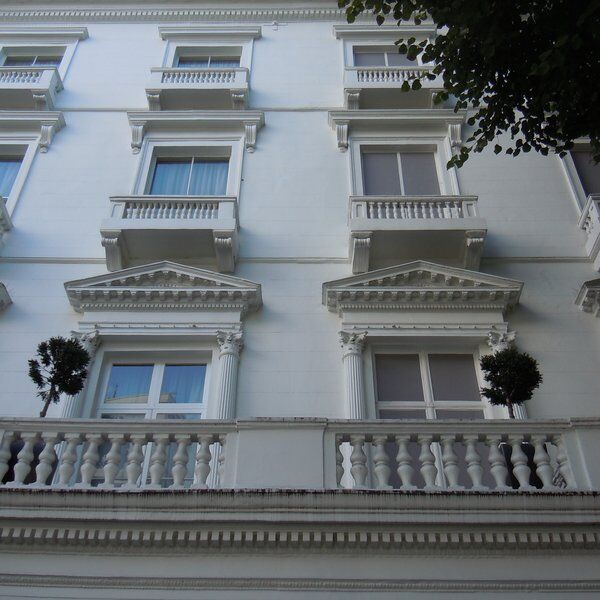
Reservations about the Underground united London’s population. People of all classes were concerned about health and safety - after all, fresh air was a common cure for many diseases in the 19th century.
However, the Metropolitan Railway engineers had already thought of ways to combat these fears. Large sections of the line were exposed as open-air sections of track, where the coke-powered trains of the 19th century could vent amassed smoke and condensation.
Following demolition, the space where numbers 23 and 24 Leinster Gardens had once stood revealed a stretch of open track. The residents of Leinster Gardens demanded that the billowing smoke and unsightly tracks be concealed - but how could this be done?
The answer was as simple as building two giant façades in the same style as the houses that flanked it. Complete with greyed-out windows and front doors without letterboxes, these frontages stand in front of the open-air track to this day.
Leinster Gardens in Popular Culture
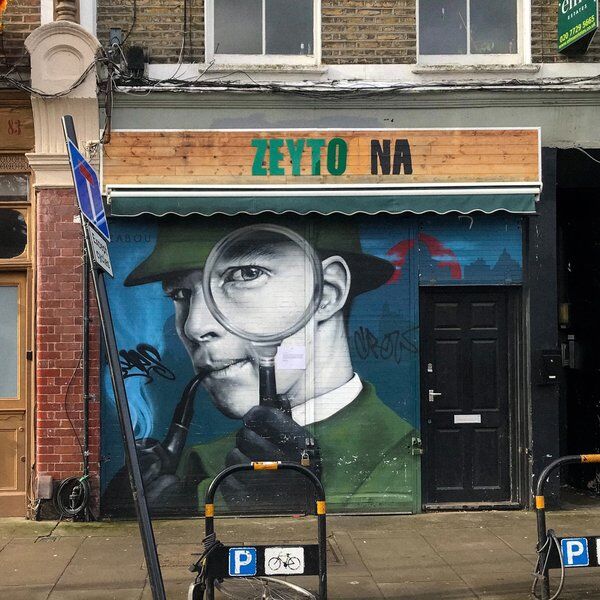
Fans of BBC’s television series Sherlock may recognise Leinster Gardens from the season three finale in 2014.
The episode that features the famous Bayswater façades is called His Last Vow, directed by Nick Hurran, and Benedict Cumberbatch plays the title role of Sherlock.
The author of Peter Pan, J M Barrie and his wife also lived on the edge of Leinster Gardens during the early 20th century. Leinster Corner, on Bayswater Road, was built in 1820 and the pair lived there from 1900 to 1909. Here, Barrie penned Peter Pan and a blue plaque commemorates the author’s old house to this day.
The Best Way to Visit Leinster Gardens
The false façades of Leinster Gardens are so well hidden that even Londoners who worked on the street didn’t know they were there!
If you want to visit Leinster Gardens, the nearest tube stations are Bayswater or Queensway.
Finding Leinster Gardens is a bit like playing detective. Look for the houses with no curtains, greyed-out windows and doors with no letterboxes.
Find More Hidden Gems in London
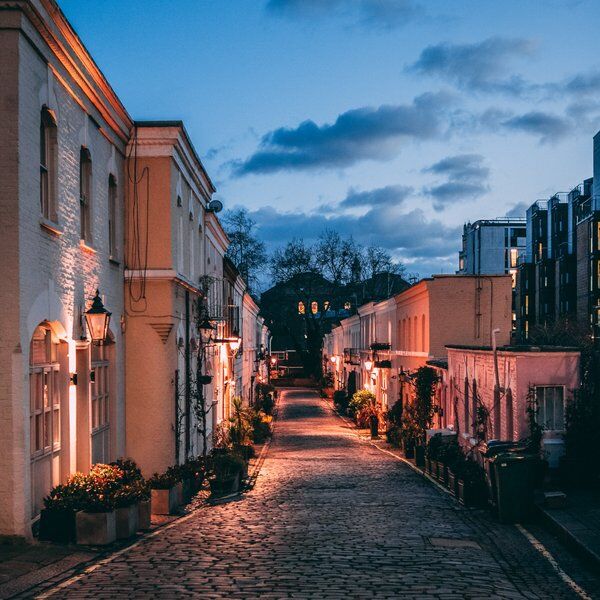
Enjoy deciphering clues and finding London’s best-kept secrets?
Visit Leinster Gardens and find more hidden gems in London’s Bayswater and Kensington districts by booking our Mysterious Mews city exploration game!
All you have to do is team up with your friends, family or whoever to solve riddles, complete challenges and answer trivia to lead you on an unforgettable journey around Kensington’s most interesting streets.
The best part? We’ll recommend top-rated pubs, cafés and restaurants and give your team the chance to earn rewards by competing on our leaderboard.
All our London treasure and scavenger hunts, food experiences, escape room games and walking tours are packed with secret sites and noteworthy nooks.
